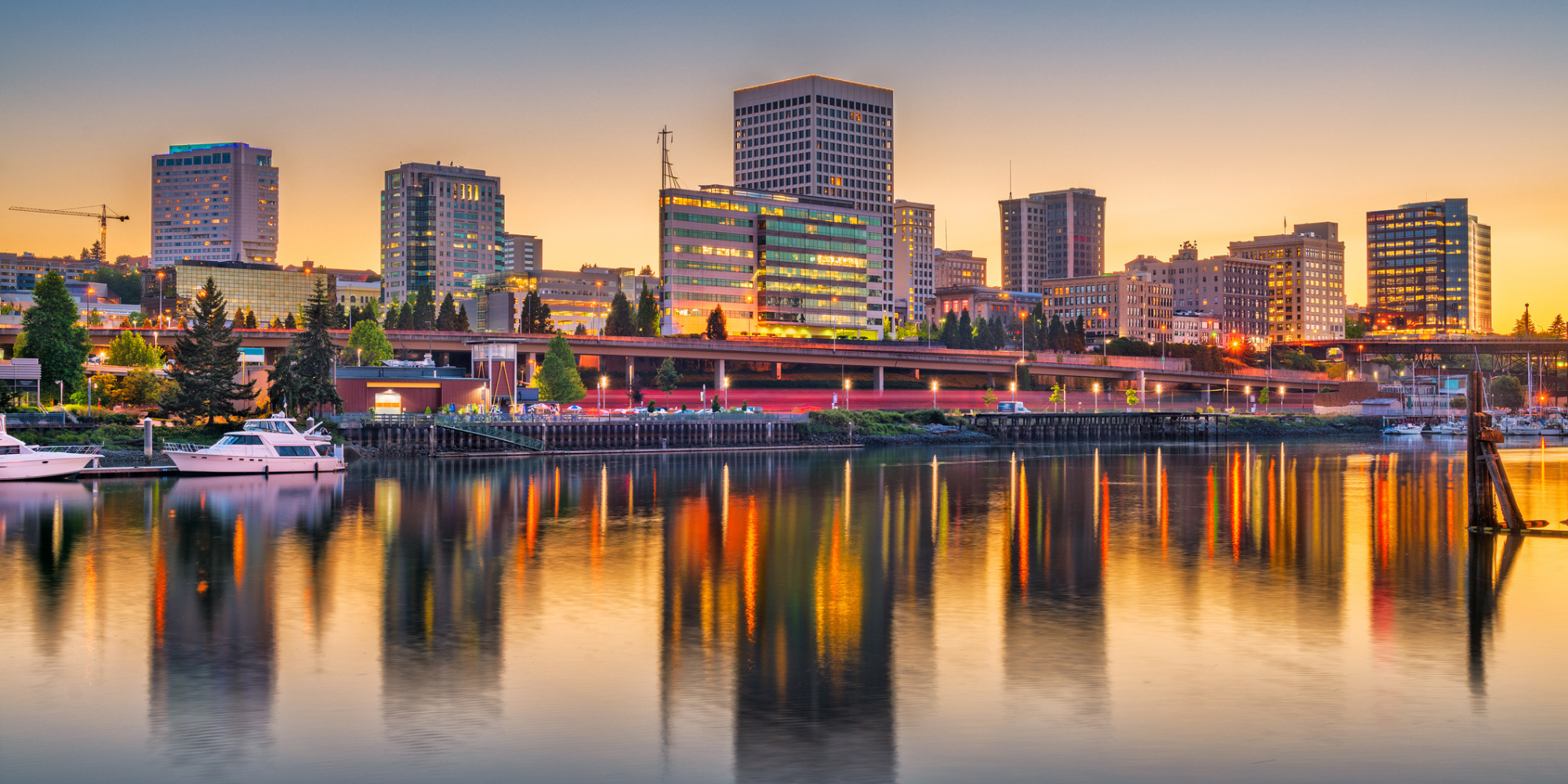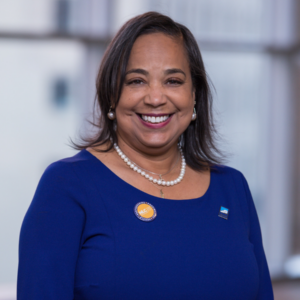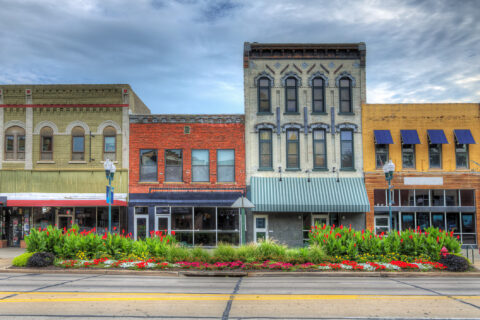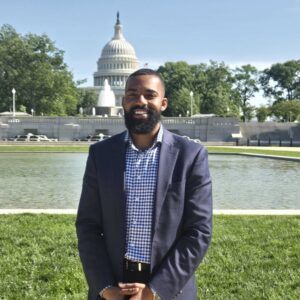In March of 2021, cities of all sizes across the country were in the midst of an unprecedented crisis. As we approached one full year of living with the COVID-19 pandemic, municipalities needed help keeping budgets afloat, maintaining critical services and helping residents impacted by the pandemic.
Together with NLC, local leaders raised their voices loudly and clearly, asking for a federal partner as they worked hard to combat this crisis on the ground. And in March 2021, Congress and the Biden administration responded – and the American Rescue Plan Act became a reality.
On the two-year anniversary of the passage of this unprecedented legislation, we have an opportunity to look back at the transformative ways the local relief funds included in ARPA helped communities rebuild and recover.
As President of the National League of Cities, I have heard from many of my fellow local leaders about the incredible impacts these investments have had on residents’ lives as communities recover from the pandemic. Amid those stories, there is a resounding consensus – this historic legislation has been a lifeline for cities, towns and villages who saw their revenues and budgets decimated by the COVID-19 pandemic and all the challenges that came with it.
In part, the State and Local Fiscal Recovery Funds (SLFRF) program was so successful because it pointed funds directly to local governments. On the ground and closest to the people in their cities, local leaders know their residents’ unique needs and priorities better than anyone. Thanks to the flexibility of ARPA funding, communities were able to address these needs quickly and efficiently, guided strongly by community input.
Federal relief to local governments has proven to be the right policy at the right time and has made an enormous difference for municipalities and our entire nation.
Using ARPA Funds in Tacoma, Washington
This historic legislation provided $65.1 billion in direct aid to every city, town or village across the country – including my city of Tacoma, Washington. As mayor of Tacoma, I knew that prioritizing these funds to boost our affordable housing and homelessness programs, was one of many critically important investments we could make for our community with these funds. Direct access to ARPA dollars allowed us to make huge investments in our residents that we wouldn’t have been able to support otherwise.
To help address our local homelessness crisis, we were able to partner with neighboring jurisdictions and use our funds to purchase an old hotel property, which we rehabilitated into a temporary shelter over the course of the pandemic and will soon transition to permanent supportive housing. This building – funded directly by our ARPA resources – will provide at least 120 individuals with immediate supportive housing that will help transition them from homelessness.
In Tacoma – one of the fastest-growing regions of the country – we already had our Affordable Housing Action Plan in place to help us preserve our housing stock, build more missing middle housing, and support residents staying in their homes. This inflow of support provided by ARPA allowed us to fund and implement these already-proven strategies in our community and jumpstart our impact more quickly, for the residents who needed it most.
ARPA Investments Across the Country
Tacoma is far from the only community that benefitted from ARPA relief funds. Across the country, from small cities in the Northwest to rural communities in the Southeast, these investments have helped meet residents’ needs and built more thriving communities along the way. For example:
- Housing: Virginia Beach, VA allocated $3.7 million in SLFRF to establish 65 emergency housing vouchers, in addition to the 35 vouchers provided by the Department of Housing and Urban Development (HUD).
- Workforce: San Jose, CA allocated nearly $3.8 million in SLFRF to provide adults living in high-poverty and high-unemployment neighborhoods with access to comprehensive job training for work in public parks.
- Youth and Family Support: Colorado Springs, CO allocated $652,000 to support after-school and summertime out-of-school programs for underserved populations.
- Water Infrastructure: Lake Oswego, OR allocated $1.4 million of their ARPA funds to improve street drainage on Lakeview Boulevard. The city allocated another $2 million to support power generation at the city’s water system. By funding the Lakeview project through SLFRF, the city will cushion its stormwater fund, which is the most under-resourced city fund according to city staff.
These are just a handful of the ways communities have allocated their dollars to meet the unique needs of their cities. You can learn more about how cities and counties are using these funds in our Local Government ARPA Investment Tracker.
What’s Next?
If your community has not yet obligated all of your SLFRF funds, there is no time to waste. An expense for every SLFRF dollar must be obligated by December 31, 2024.
Remember, these dollars are meant to be transformative, and this one-time transfer of resources from the federal government to local governments cannot go unused. As local leaders, this is our opportunity to show Congress how responsibly and effectively we can use these resources to transform America’s communities. This is your last chance to maximize these funds for your community, so if you have not already, make a plan to use these resources today.
Not sure where to start? Visit the Department of the Treasury’s Self-Service Resources as a first stop. Municipalities needing further assistance from Treasury for SLFRF program-related questions can email SLFRF@treasury.gov or call (844) 529-9527.
View more resources
NLC has a large resource library of articles detailing the latest ARPA updates for recipients and highlighting the myriad ways municipalities are using their funds.










